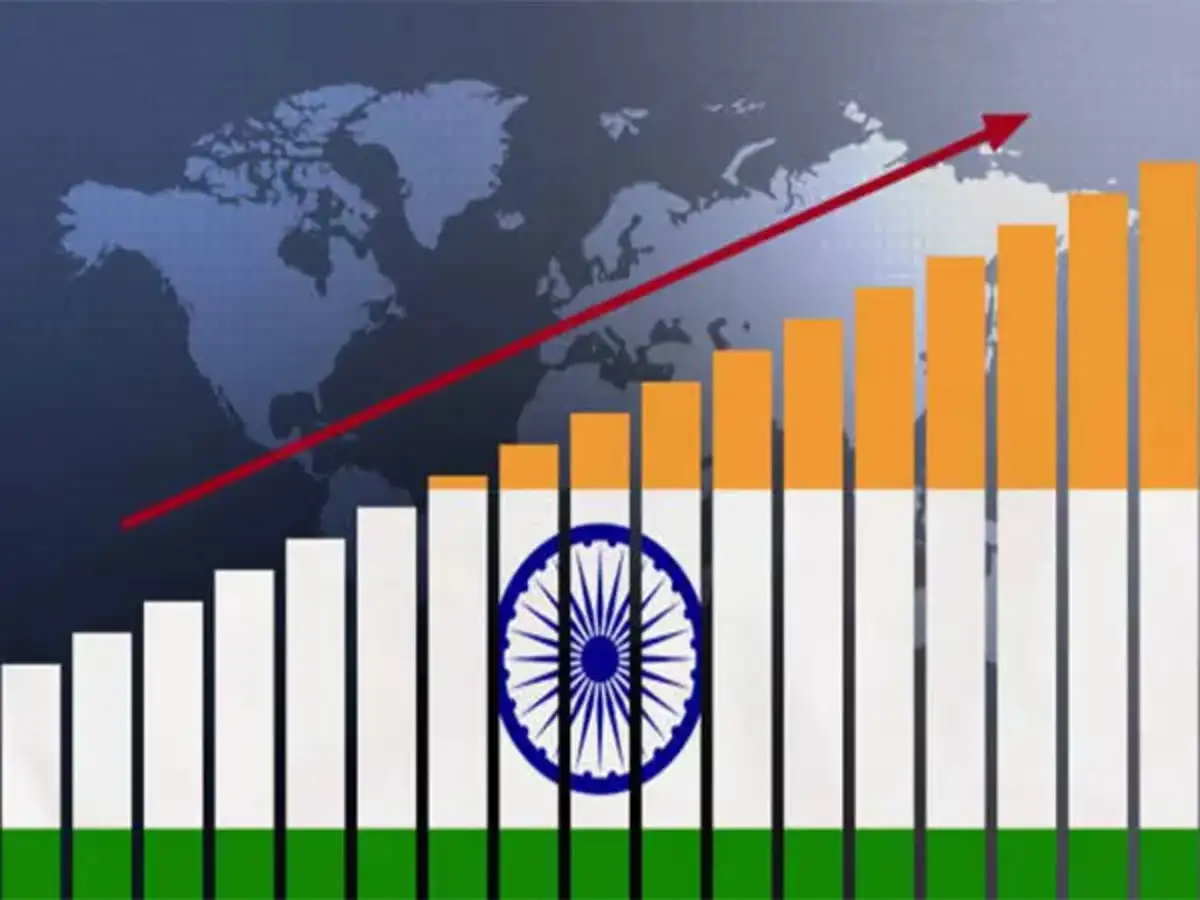India’s Growth Upgrade Sets Policy Tightrope
India’s FY2025/26 growth forecast edges up to 6.7%, backed by resilient demand, PLI-led manufacturing, and easing inflation. Domestic savings offset capital outflows as yields stabilise, keeping India’s soft-landing narrative intact into 2026.

India’s growth outlook has strengthened, with new forecasts placing FY2025/26 GDP expansion near 6.7%. The modest upgrade underscores resilient household demand, steady manufacturing recovery, and the cushioning effect of services exports such as IT-BPM and global capability centres. Tax buoyancy continues to support public investment, while Production-Linked Incentive (PLI) schemes deepen domestic supply chains. Inflation pressures are easing as food shocks unwind, allowing the central bank to maintain a hold stance with room for gradual policy easing if disinflation endures into 2026.
Earlier portfolio outflows—around US$17 billion—had tightened liquidity, but domestic institutions stepped in, stabilising bond markets through banks, insurers, and mutual funds. Ten-year yields have firmed slightly yet remain contained, and the rupee trades within a managed range as the central bank smooths volatility. Softer oil prices offer a macro cushion, while a firm dollar caps INR gains but keeps import costs predictable.
Markets interpret the growth revision as validation, not surprise. Leadership within equities is shifting toward industrials, capital goods, and financials, supported by broader earnings visibility. Credit spreads remain tight, reflecting low corporate leverage. Policy focus now turns to unlocking private investment beyond flagship sectors, modernising logistics and power networks, and expanding municipal bond issuance to fund urban infrastructure without displacing SME credit.
Key risks include renewed food inflation, a stronger dollar tightening external funding conditions, and slower global demand weighing on exports. Analysts are tracking non-oil, non-gold imports as a proxy for investment momentum, monitoring credit growth relative to deposits, and watching fiscal execution for any pressure on bond duration. If these indicators stay aligned, India’s soft-landing trajectory looks durable.





